Last Updated on March 7, 2023
Homeowners can be left with a sticky situation when their sink drains get blocked by candle wax. As the wax hardens, it adheres to the inner walls of pipes and becomes even more challenging to remove. But how exactly do you clean candle wax from a sink drain?
You could start with boiling water and natural cleaning products for an all-natural approach. Plungers or plumber’s snakes might work if you’re feeling handy. A chemical solvent could solve the problem quickly if needed. Alternatively, hire a professional plumber with the right tools and expertise to get your drain back to sparkling.
So, if you’re looking for an effective and efficient way to remove any troublesome candle wax from your sink drain, read on to find out more.
How to Clear Wax from Sink Drain: DIY Methods
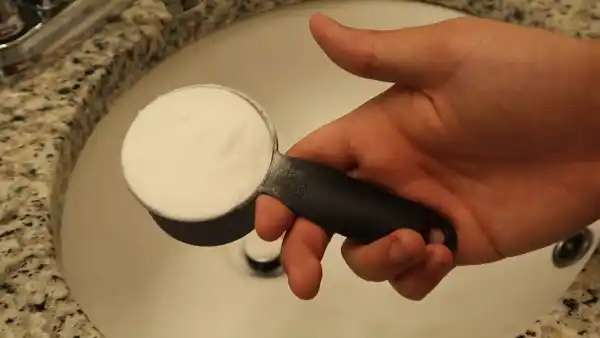
Candle wax can be difficult to remove, but if you take the necessary steps, you can get your sink drain running correctly again. Here are some methods that you can use to clear candle wax from your sink drain:
Method 01: Boiling Water
To start, boil a pot of water on the stove. Once boiling, slowly pour the hot water into the sink drain. The hot water should begin to melt and dissolve the wax as it flows down the drainpipe. For maximum effectiveness, repeat this process with fresh boiling water until all of the wax has been removed.
This method can also help soften any clogged debris within the drainpipe, clearing it away more easily. And boiling water can be used with other techniques, such as plungers or natural cleaning products, for added effectiveness.
Note: Boiling water can be dangerous if it is mishandled. It can cause burns or scalding if it comes into contact with the skin. Also, boiling water may not be powerful enough to clear some tough wax or soap scum clogs. Finally, this method may take several attempts before clearing the blockage completely.
Method 02: Natural Cleaning Products (Baking Soda, Vinegar, etc.)
Natural cleaning products are another effective way to clear candle wax from sink drains. Start by creating a paste using equal parts baking soda and white vinegar. Mix together until fully combined, then spread the paste over the affected area of your sink drain.
The paste should help break down some of the wax and may dissolve any clogged debris thanks to its mildly acidic properties. Let sit for 10 to 20 minutes before rinsing off with warm water and repeating as necessary until all traces of wax are gone.
Note: The effectiveness of natural cleaning products will depend on the severe blockage. You might not be able to clear very big clogs caused by hardened wax or soap scum with them. Also, using too much baking soda or vinegar at once can corrode metal pipes over time if used frequently.
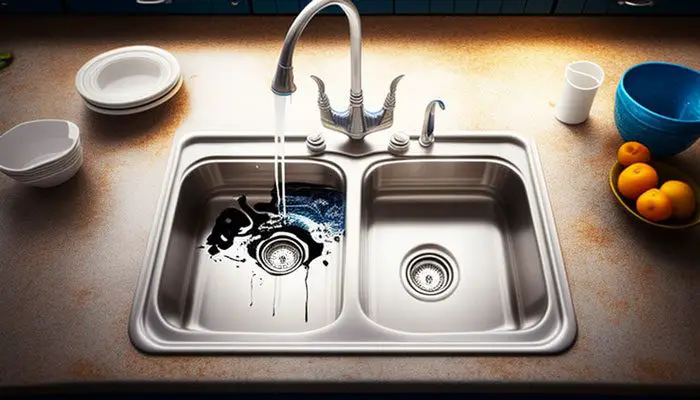
Method 03: Plunger or Plumber’s Snake
Using a plunger or plumber’s snake is an excellent choice when dealing with blocked or clogged sink drains filled with candle wax. Begin by inserting either tool into the affected sink drain area and pushing vigorously until you feel resistance.
This action will help break up much of the hardened wax inside your pipes while loosening up any clogged material that could further block your pipes, such as hair or bits of food debris.
If you’re using a plumber’s snake, pull out any hardened wax you come across as you go. Repeat this process a few times for the best results. Once you’ve done this, rinse your drain with hot water to eliminate all traces of candle wax.
Note: Although plungers and drain snakes will often work to clear up hardened clogs or soap scum buildup, they must be used with caution in order not to cause further damage. Both tools should be handled precisely according to their intended purposes to ensure maximum effectiveness and safety.
Method 04: Chemical Solvents
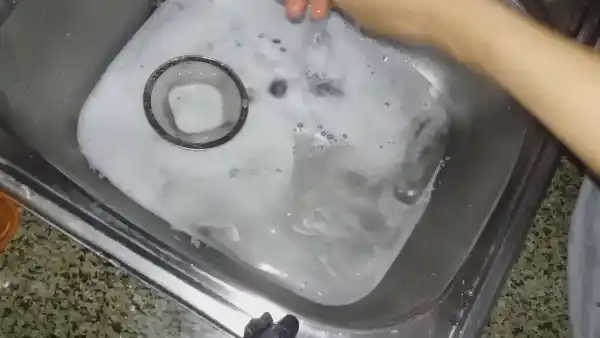
Chemical drain cleaners are one of the most effective ways to clear candle wax from the sink drain. First, heat up a pot of water and pour it down the sink drain. This will soften the wax and make it easier to remove. Once the wax has softened, you can add chemical solvents such as acetone or mineral spirits to the sink drain.
These chemicals dissolve the wax, allowing it to be washed away with hot water. For tougher builds up of wax, you may need to repeat this process multiple times before all of the wax is removed.
Be sure to wear protective gloves when handling any chemicals and keep all substances away from children and pets. Also, consider using a plunger after adding the chemical solvent for maximum efficacy.
Note: Chemical solvents can be harsh and damaging to surfaces if not used carefully. And these products typically have strong odors that may linger for some time after use, which can be unpleasant for those in the home.
Also, there is always the risk of the chemical solvent being improperly disposed of or mishandled, potentially leading to environmental damage.
Method 05: Call a Professional Plumber
Using a professional plumber can also be an effective way to remove candle wax from your sink drain. A professional plumber will have access to specialized tools and techniques that can quickly remove any buildup without causing damage or leaving behind harmful residue in your pipes or drains.
They may use high-pressure water jetting systems, industrial-grade cleaning solutions, or other specialized tools to clear out stubborn clogs caused by wax buildup. Furthermore, they will know how best to dispose of any excess materials safely and in accordance with local regulations.
Note: Calling a professional plumber can cost more than other methods discussed above. Also, depending on availability, it may take some time before an appointment can be scheduled, which could further delay the wax’s removal.
What Are the Causes of Candle Wax Clogging a Sink Drain?
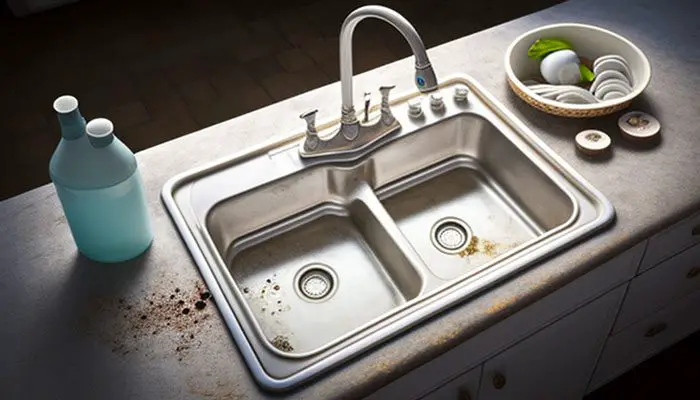
- Improperly disposed-of wax dripping into the sink is one of the most common reasons for candle wax clogging sink drains. This can occur if people fail to remove all excess wax when they are done using their candles, allowing it to drip down into the sink and eventually harden, forming a blockage.
- Similarly, foreign objects such as hair, dirt particles, and food scraps can become mixed with the wax and prevent it from adequately draining out of the sink.
- Lastly, blockages in pipes due to age or buildup of materials can also lead to candle wax being unable to pass through them and instead becoming lodged inside.
Now you may think, is there a drain cleaner that will cut through candle wax? There are a few products available on the market designed specifically to break down and remove wax:
Ultimate Main Drain Opener
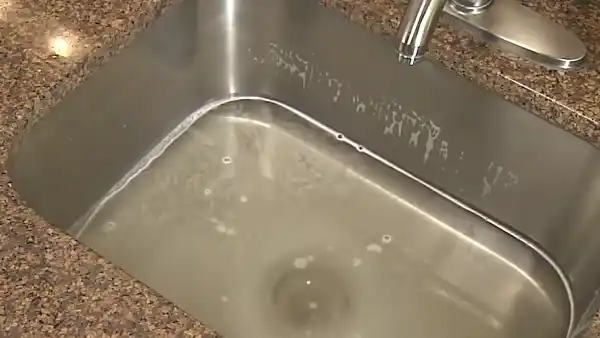
This powerful drain opener is designed to quickly break through clogs and tough blockages, leaving drains free-flowing and clear. It is highly effective for all blockages due to its proprietary blend of surfactants, solvents, and enzymes that quickly break down organic matter. It is safe for use on all plumbing systems and leaves no toxic residue.
Drain Clog Remover and Cleaner
This product is designed to dissolve stubborn clogs in the drain pipes of sinks, showers, and tubs quickly and efficiently.
It uses advanced enzyme technology to break down grease, hair, soap scum, toilet paper, and other organic matter so they can be easily washed away by the water flow. The powerful formula can even handle significant accumulations of debris and leaves no toxic residues behind.
Eco Friendly Drain Line Cleaner
This product is an environmentally friendly alternative to traditional chemical drain cleaners. It utilizes natural enzymes to break down organic material such as hair, grease, soap scum, dirt particles, and food waste that cause blockages in plumbing systems without using caustic chemicals or corrosive acids.
The cleaner also sanitizes drains safely with the help of microorganisms, preventing build-up over time and providing a protective shield against future clogging issues.
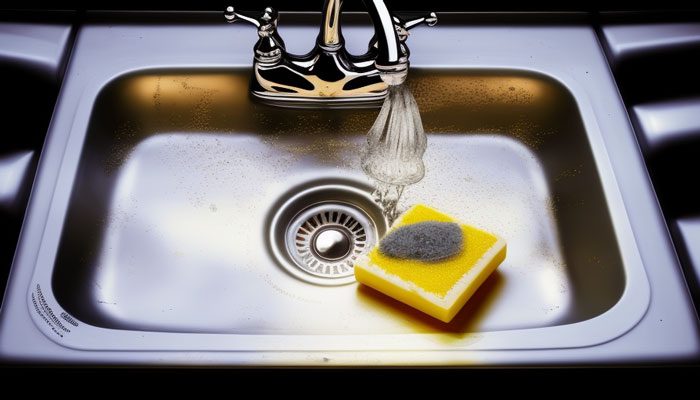
Enzyme Drain Cleaner
This advanced enzyme-based cleaner is specifically formulated to eliminate tough clogs from kitchen sinks, toilets, bathtubs, and showers.
The unique blend of enzymes breaks down fats, oils, grease, and other organic matter like food particles without the need for harsh chemicals or caustic acids that can corrode pipes or damage plumbing fixtures over time.
Plus, it’s safe for septic tanks and municipal sewer systems, so you can ensure your pipes get the best cleaning possible with no negative environmental impact.
Does Candle Wax Break Down In Water?

If candle wax goes down a drain, it will likely result in an eventual clog or blockage over time. This is because most types of candle wax are designed to not dissolve easily in water when melted and therefore build up over time.
This can cause slow drainage from sinks and other fixtures since the accumulated material prevents any more water from passing through. Furthermore, if enough candle wax accumulates in a single spot for too long, it could cause water pressure issues that would damage your plumbing system and lead to costly repairs or replacements.
How Can I Prevent Candle Wax from Clogging My Drain?
The best way to prevent candle wax from clogging your drain is always to clean up any wax that has been spilled or dripped on the sink and any other surfaces around it. Make sure no excess wax goes down the drain.
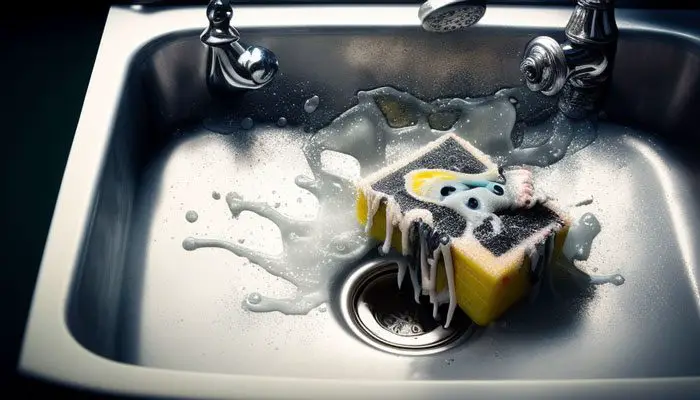
Also, you should regularly check the pipes beneath your sink for any blockages caused by soap scum and grease buildup. If you notice a clog, use a plunger or chemical drain cleaner to open it up.
Regularly flush out your pipes with hot water and baking soda or vinegar to avoid future problems. This will help remove any accumulated debris and help keep your drains running smoothly.
Get Rid Of Candle Wax Clogs in Your Sink
Clearing candle wax from a sink drain is no easy task, but it can be done with a few simple tools and techniques. A mixture of boiling water and natural cleaners such as baking soda and vinegar is usually enough to break up any clogs or blockages caused by waxy buildup.
If these methods don’t work independently, more robust solutions like plungers or chemical solvents can also be used in extreme cases. Ultimately, it’s important to remember that regularly cleaning out your drains is key in preventing future clogs caused by candle wax and other debris.

